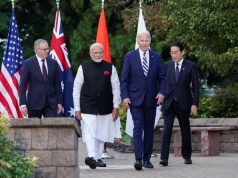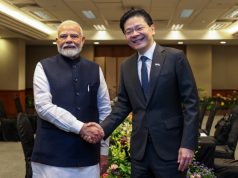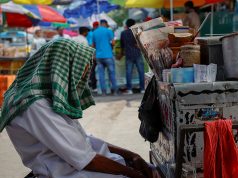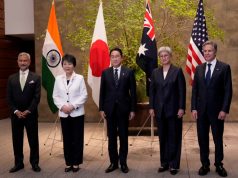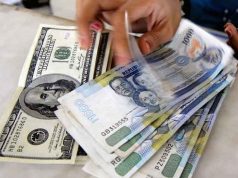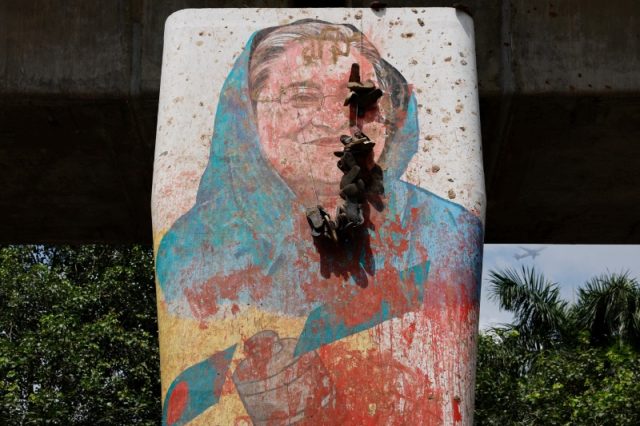
Sheikh Hasina resigned as Bangladesh’s prime minister and fled the country on Monday following weeks of deadly protests that began as demonstrations by students against government job quotas but surged into a movement demanding her resignation.
Here are details of the protests that led to end of Hasina’s long reign as Bangladesh prime minister:
Hasina resigns and flies to India
Hasina, 76, left Dhaka on Monday in a military aircraft and landed at an airfield at Hindon near Delhi in the evening, two Indian government officials told Reuters.
India’s foreign ministry said on Tuesday that Hasina apparently decided to resign after a meeting with the leaders of the security forces. At a short notice she requested New Delhi for permission to come to India while Bangladesh authorities simultaneously sought flight clearance.
According to the latest information, she is still in India.
Bangladesh president dissolves parliament
President Mohammed Shahabuddin dissolved parliament on Tuesday, paving the way for the formation of an interim government following Hasina’s resignation. The president also freed Bangladesh Nationalist Party chairperson Begum Khaleda Zia, a former prime minister and Hasina’s arch rival, from house arrest.
Student leaders who spearheaded the movement that led to Hasina’s overthrow said they want Nobel Peace laureate Muhammad Yunus to be chief adviser of the interim government.
Calls for Hasina to step down
The Students Against Discrimination group, which was at the forefront of last month’s job quota protests, led the latest demonstrations.
The protests to reform the quota system paused after the Supreme Court scrapped most of them on July 21. Protesters, however, returned last week demanding a public apology from Hasina for the violence, restoration of internet connections, reopening of college and university campuses and release of those arrested.
By the weekend, the demonstrations spiraled into a campaign seeking Hasina’s overthrow as demonstrators demanded justice for people killed last month.
The students’ group called for a nationwide non-cooperation movement starting Sunday with a single-point agenda – Hasina must resign.
Why did protesters want Hasina’s resignation?
The protesters blame Hasina’s government for the violence during the protests in July. Hasina’s critics and rights groups have accused her government of using excessive force against protesters, a charge the government denied.
What did Hasina say about the protests?
Hasina and her government initially said students were not involved in the violence during the quota protests and blamed the Islamist party Jamaat-e-Islami and the main opposition Bangladesh Nationalist Party (BNP) for the clashes and arson.
But after violence erupted again on Sunday, Hasina said that “those who are carrying out violence are not students but terrorists who are out to destabilize the nation”.
The students’ group declined Hasina’s offer for talks to resolve the crisis.
What triggered the job-quota protests
Demonstrations started at university campuses in June after the High Court reinstated a quota system for government jobs which favored relatives of veterans of Bangladesh’s war of independence, overturning a 2018 decision by Hasina’s government to scrap it.
The Supreme Court suspended the high court order after the government’s appeal and then dismissed the lower court order last month, directing that 93% of jobs should be open to candidates on merit.
Flagging economy, unemployment
Experts also attribute the current unrest in Bangladesh to stagnant job growth in the private sector, making public sector jobs, with their accompanying regular wage hikes and privileges, very attractive.
The quotas sparked anger among students grappling with high youth unemployment, as nearly 32 million young people are out of work or education in a population of 170 million.
The flagging economy, once among the world’s fastest growing on the back of the country’s booming garments sector, has stagnated. Inflation hovers around 10% per annum and dollar reserves are shrinking.
Hasina won January election
Hasina retained power for a fourth straight term in an election in January boycotted by the BNP, which accused her Awami League of trying to legitimize sham elections.
BNP said 10 million party workers were on the run ahead of the election with nearly 25,000 arrested following deadly anti-government protests on Oct. 28. Hasina blamed the BNP for instigating anti-government protests that rocked Dhaka ahead of the election and left at least 10 people dead.
— Reporting by Sudipto Ganguly; Editing by Angus MacSwan




